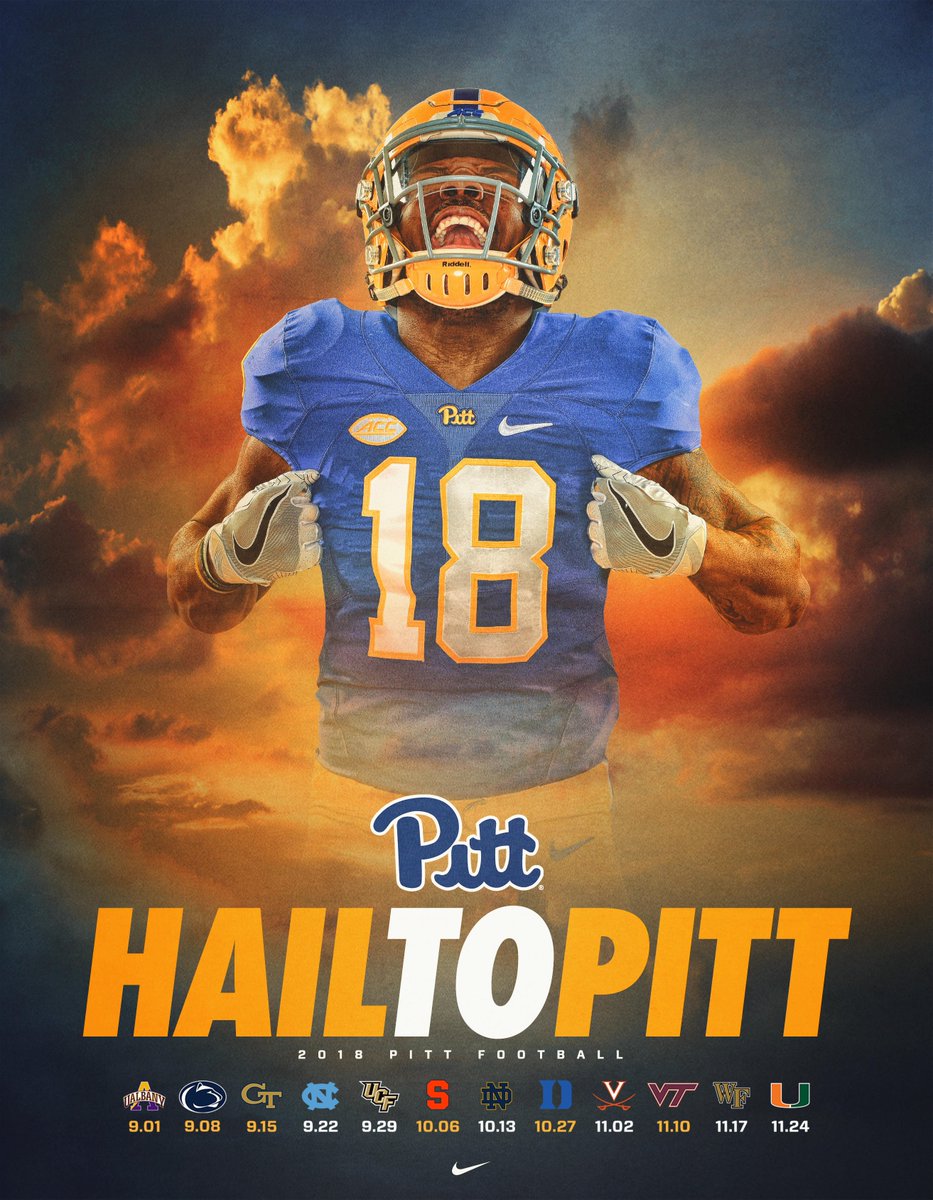

And so, the sort of separation of menswear/womenswear as separate ideas comes very much from the industry - having people be able to be specialized. JG: Fashion is an industry that has many manufacturers whose bread and butter is making clothes that they can sell well. G: Why do we have separate genders for clothing? Aren’t they inanimate objects? It was this idea of fashion coming to meet a change that was happening in the culture and finding a way to represent it - some manufacturers more effectively than others, but that was the ideal. That can be said of the unisex fashion moment in the late ’60s, early 1970s moment as well. I think even if you’re not someone who identifies as nonbinary, in a sense, a man in a skirt is putting himself forward as an ally to people who are asserting more radical change in values in our culture right now. You can also use that style to identify with that movement.

With that comes a sort of nonbinary ideal to their fashion. Jessica Glasscock: There’s an enormous interest now by younger people in and even eradicating traditional boundaries and lines between genders in a variety of ways in our society. Grid: We are seeing male-identifying individuals wearing skirts more often. This interview has been edited for length and clarity. She spoke with Grid about why we think of some clothes as only for women and some only for men, and how people (celebrities included) have often been using those divisions to make statements and break down stereotypes for years. It’s all about putting these moments in the context of fashion history so we can understand why it’s causing a stir now, said Glasscock. Kid Cudi, Lil Nas X, Harry Styles and others have gone the easy, breezy skirt route and received (mostly positive) media attention.īut the real question is, why is there attention at all? Pitt isn’t the only male celebrity who has thrown on the occasional skirt.


 0 kommentar(er)
0 kommentar(er)
